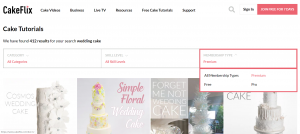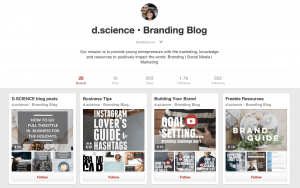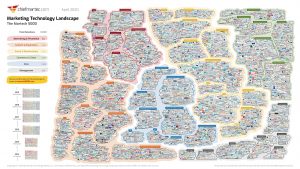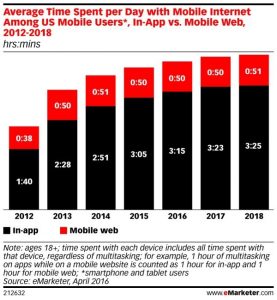MintNFT’s James Sun, who helped make Balmain and Barbie auctionable, spells out the NFT playbook for marketers.
Marketers understand the value in implementing new technology like non-fungible tokens (NFTs) to launch campaigns, especially to pull in younger audiences. But there are also risks to venturing out in uncharted waters. They have to know what they’re doing, and with NFTs the game plan isn’t well-known.
NFTs using blockchain technology have caught fire in the last year, inspiring big brands like Taco Bell and Burger King.
Luxury brand Balmain recently teamed up with Mattel’s iconic Barbie to promote a new clothing line and to auction off Balmain x Barbie NFTs.
The tech partner behind these NFTs is L.A.-based studio MintNFT, and their founder and CEO James Sun recently shared his playbook for marketers looking to get in on these digital collectibles.
Sun has experience in software engineering, CRM implementation and data-driven marketing at such companies as Intel and Deloitte. He outlined four strategies that every marketer should develop when they put together an NFT brand initiative.
According to Sun, marketers need to firm up their goals, develop the right creative look and decide on the right technology for their NFT drop. They also need to think about any longer-term plans for the life of their NFTs, and shore those up ahead of time.
Determine goals for your brand’s NFT campaign
“Marketers have to think about goals first,” said Sun. “Do they expect the NFT to drive revenue? Are they bringing market awareness to a new audience?”
The goals for the NFT initiative also have to be tied to what the brand knows about their customers. Marketers have to be precise about the audience they intend to reach and make sure the technology fits the customers they intend to serve.
For instance, if the campaign is tied to a gaming environment like Roblox, will their customers follow them there, or will they lose some or most of their audience?
Marketers need to weigh this audience engagement and experience against goals they think will be a benefit from their NFT, like impressing consumers with the “cool factor” of using new technology.
Create a message around the NFT and make it visual
“Next, what is that creative branding and messaging for the campaign going to look like?” Sun asked. “Because NFTs are visual by nature, what kind of campaign will it be?”
NFTs can help introduce a new logo, or a new product launch, said Sun.
In the case of the Balmain x Barbie Limited Edition, the NFTs incorporated visual elements from high fashion and the iconic toy line. This made the NFT campaign playful, especially in its use of pink clothing items, both in the characters depicted in the NFTs, and modeled in the clothing line for actual items that customers could buy.
Partnerships are an important element in the campaign message, and it doesn’t just have to be two brands like Balmain and Mattel. Marketers can also consider teaming up with nonprofits or individual artists to add another dimension to the campaign. Last year, San Francisco’s Aquarium of the Bay launched NFTs that attracted bidders interested in supporting sea life and the environment, for instance.
Select the right technology partner
Marketers need to select a blockchain partner that is easy for customers to use, especially since adoption of NFTs is still gaining.
“What I saw when NFTs were gaining popularity in the art community and cryptocurrencies was an interesting use case for large brands,” Sun explained. “They had the ability to get to the masses, and NFTs had a very interesting property called ownership. However you define ownership, your name and wallet are attached to that piece of blockchain forever.”
He added, “Most of the Internet doesn’t provide that today. This makes NFTs a cool tool for brands.”
With this in mind, marketers need to select a brand-friendly partner.
“You have to find a platform that is very brand-friendly and also is easy for the brand’s customers to use and engage with,” Sun said.
Decide what happens after the NFT debuts
Make sure you decide what happens after the NFT, but make up your mind ahead of time through careful planning.
“Decide what happens in terms of customers using the NFT,” said Sun. “Is this for a loyalty program? Is it a metaverse play?”
The next engagement could be another NFT, or it could live on in a virtual environment.
“You could use the technology by adding an interesting utility when it goes into Fortnite,” Sun suggested. For instance, the owner of the NFT could show it off with an extra power in the game. It could make a player fly, as an example.
“The NFT scene is so nascent – some brands dipped their toes in, and some succeeded and some didn’t,” Sun said. “I believe that a holistic way is looking at the NFT, and, before creative is finalized, consider what the NFT and the brand will do after the launch.”
He added, “Launching NFT campaigns through collaborations with artists and other brands has the potential to engage consumers in a deeper, stickier way. It gives them a sense of ownership of the brand and can turn all these fans into more mature customers of the brand.”
The post 4 key strategies for NFT brand launches appeared first on MarTech.
MarTech(30)







